Previous Day - Next Day
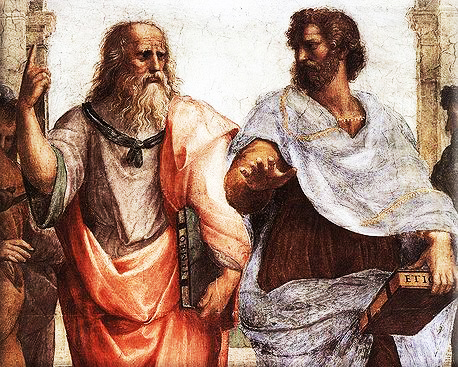
“It is absurd to hold that a man ought to be ashamed of being unable to defend himself with his limbs but not of being unable to defend himself with speech and reason, when the use of reason is more distinctive of a human being than the use of his limbs.”
~ Aristotle
Wikiquote (Aristotle (384 BC – 322 BC) a Greek philosopher and polymath, a student of Plato and teacher of Alexander the Great.)
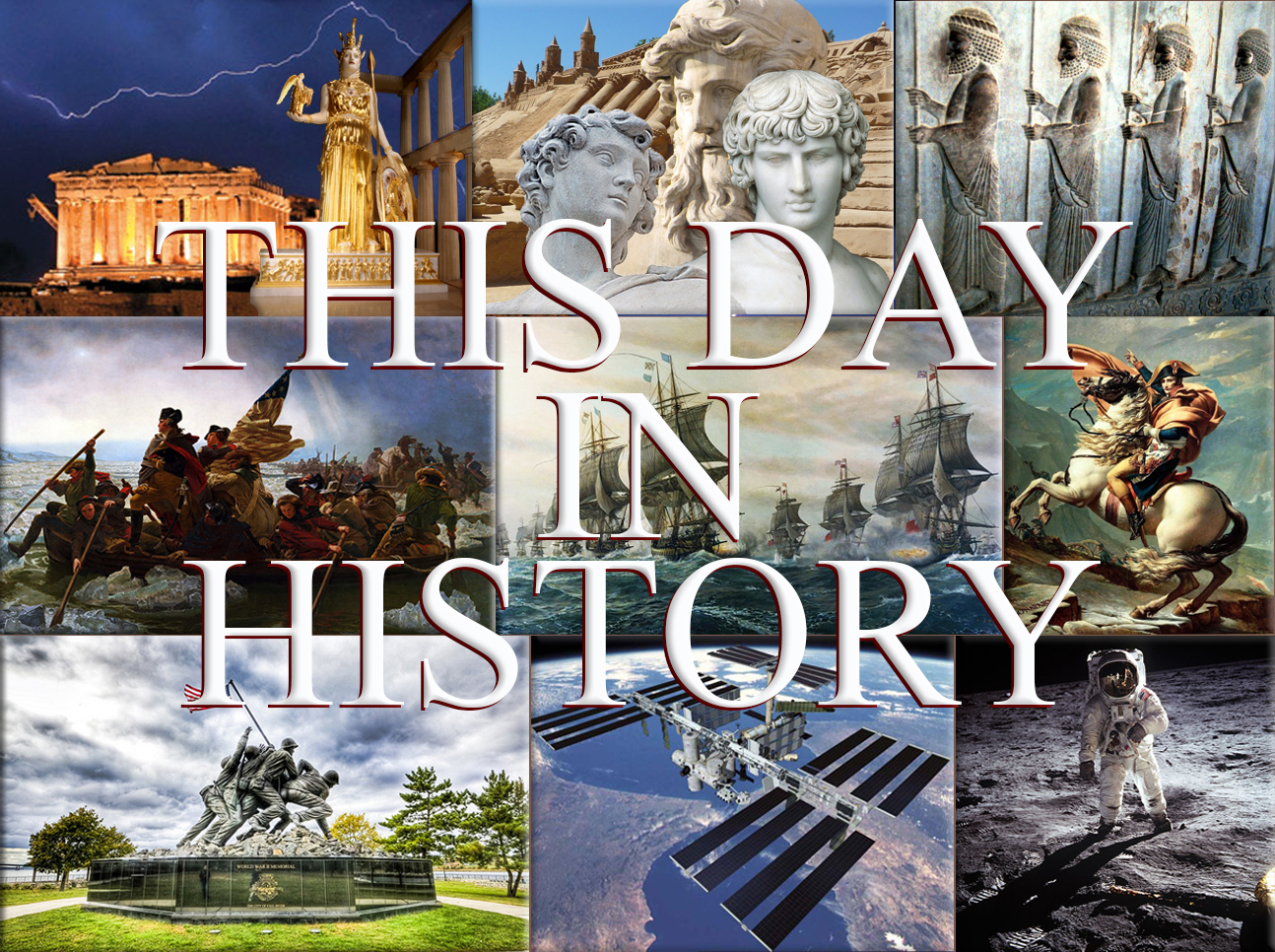
March 7th, 161
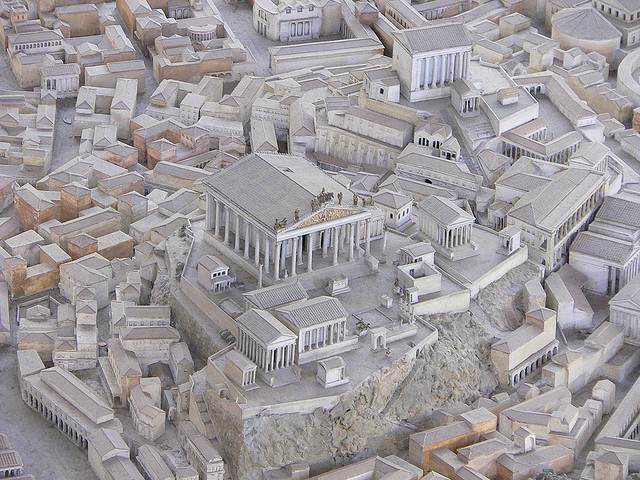
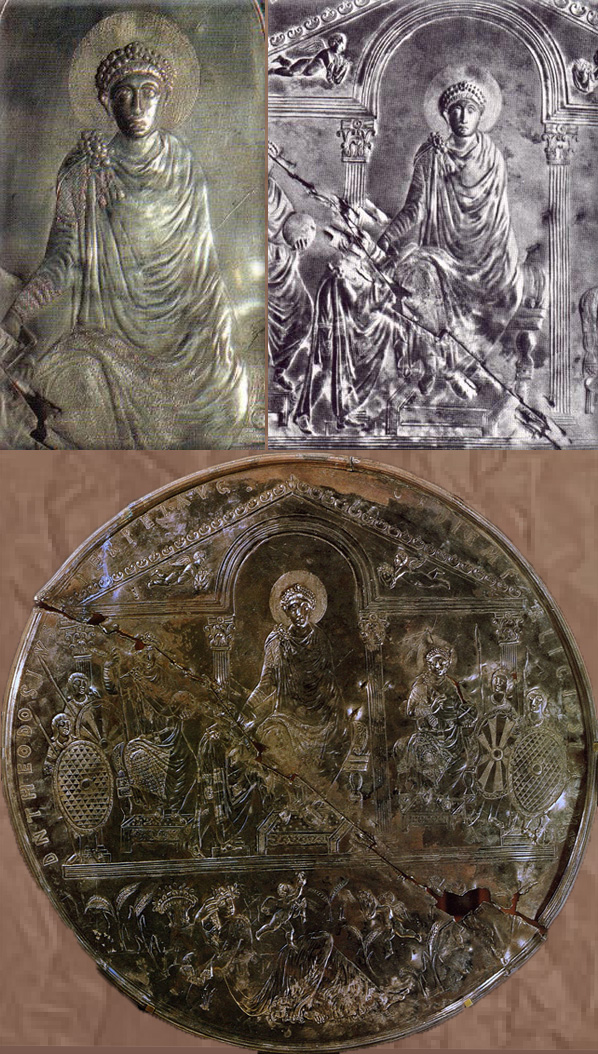
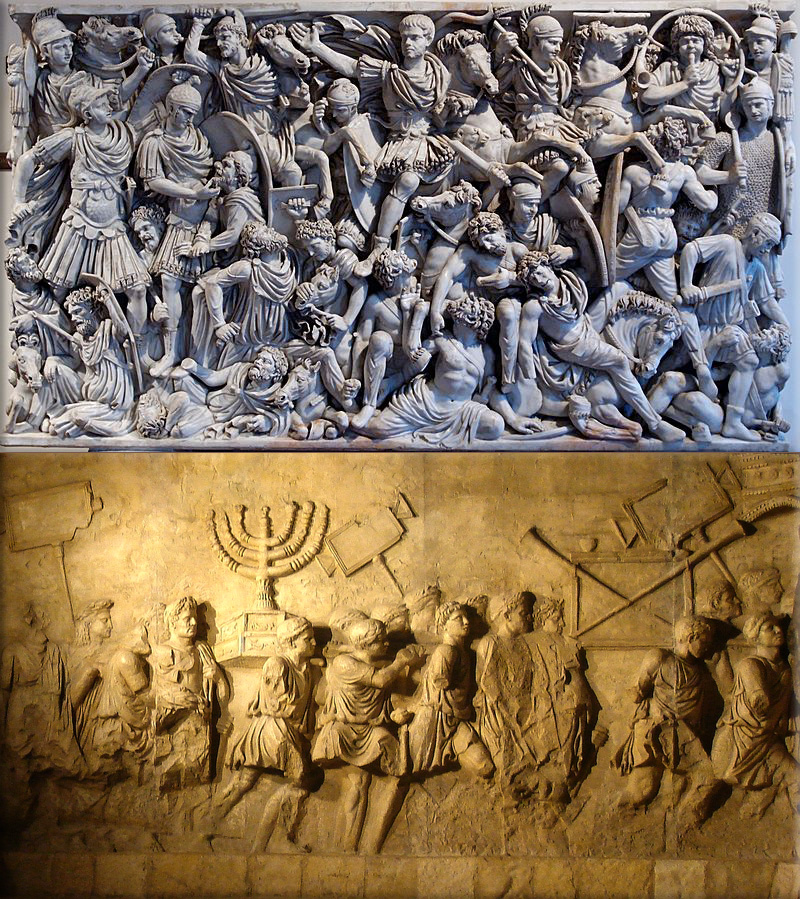
Roman Empire:
161 - Roman Emperor Antoninus Pius dies and is succeeded by his adoptive sons Marcus Aurelius and Lucius Verus.
238 - Roman subjects in Africa revolt against Maximinus Thrax and elect Gordian I as emperor.
321 - Roman Emperor decrees that the dies Solis Invicti (sun-day) is the day of rest in the Empire.
Wikipedia Image: Temple of Jupiter Optimus Maximus; Temple of Jupiter Capitolinus (Latin: Aedes Iovis Optimi Maximi Capitolini, Italian: Tempio di Giove Ottimo Massimo, English: "Temple of Jupiter Best and Greatest on the Capitoline") was the most important temple in Ancient Rome, located on the Capitoline Hill.
Theodosius I 67th Emperor of the Roman Empire; Missorium of Theodosius I, flanked by Valentinian II and Arcadius, 388.
Relief from a 3rd-century sarcophagus depicting a battle between Romans and Germanic warriors; the central figure is perhaps the emperor Hostilian / Depiction of the Menorah on the Arch of Titus in Rome.
March 7th, 1277
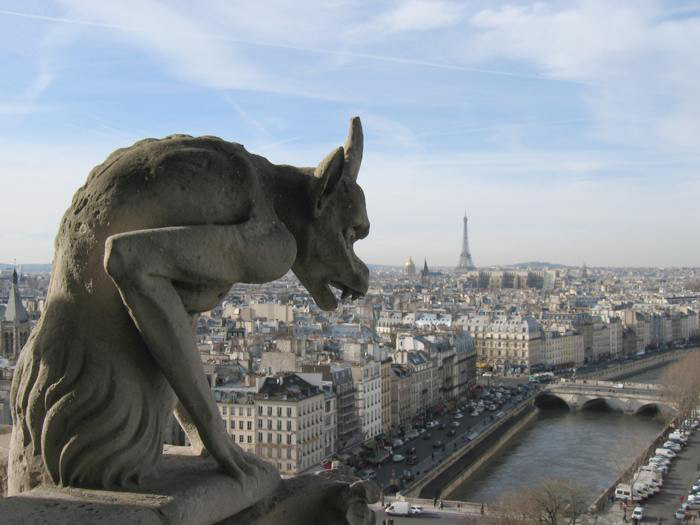
Stephen Tempier, bishop of Paris, condemns 219 philosophical and theological theses.
Wikipedia Photo: Notre Dame Cathedral in Paris, gargoyle view of Paris.
March 5th, 1799

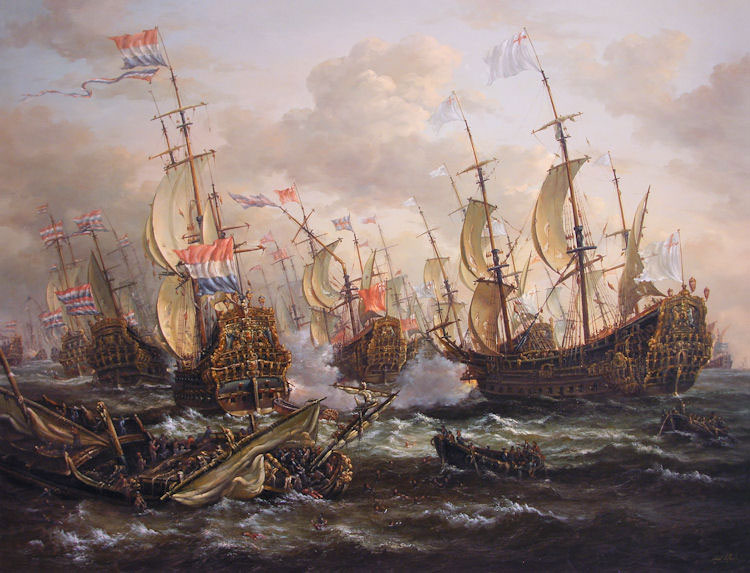
French Revolutionary Wars / Napoleonic Wars:
1799 - Siege of Jaffa; Napoleon Bonaparte captures Jaffa in Palestine and his troops proceed to kill more than 2,000 Albanian captives.
1814 - Battle of Craonne; Emperor Napoleon I of France wins the battle.
Wikipedia Painting: Battle of Trafalgar: The British HMS Sandwich fires to the French flagship Bucentaure (completely dismasted) in the battle of Trafalgar;
Napoleon in Berlin (Meynier). After defeating Prussian forces at Jena, the French Army entered Berlin on 27 October 1806;
Battle of the Bridge of Arcole Napoleon Bonaparte leading his troops over the bridge of Arcole, by Horace Vernet;
Napoleon as King of Italy (Appiani);
Napoleon Crossing the Alps (David). In 1800 Bonaparte took the French Army across the Alps, eventually defeating the Austrians at Marengo;
Charge of the Russian Imperial Guard cavalry against French cuirassiers at the Battle of Friedland, 14 June 1807;
Battle of Borodino as depicted by Louis Lejeune. The battle was the largest and bloodiest single-day action of the Napoleonic Wars;
Napoleon's withdrawal from Russia, a painting by Adolph Northen;
Wellington at Waterloo by Robert Alexander Hillingford;
Napoleon is often represented in his green colonel uniform of the Chasseur à Cheval, with a large bicorne and a hand-in-waistcoat gesture.
Battle of the Nile (Battle of Aboukir Bay).
March 7th, 1827
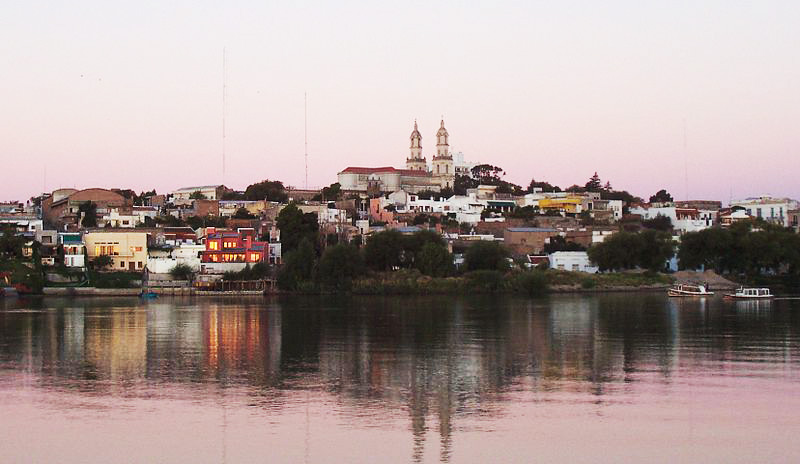
Brazil marines unsuccessfully attack the temporary naval base of Carmen de Patagones, Argentina.
Wikipedia Photo: Carmen de Patagones, Argentina.
March 7th, 1850
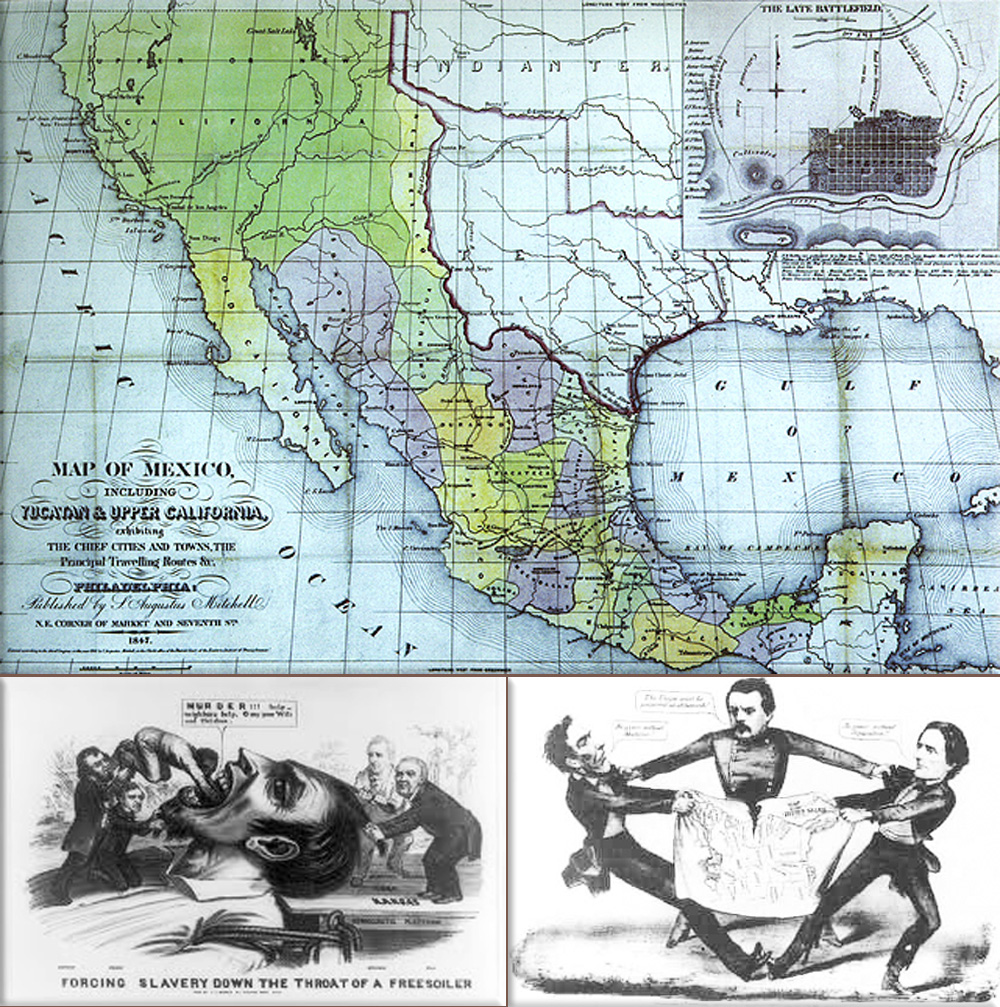
Compromise of 1850: United States Senator Daniel Webster gives his "Seventh of March" speech endorsing the Compromise of 1850 in order to prevent a possible civil war.
Wikipedia Image: Compromise of 1850; Map of Mexico. S. Augustus Mitchell, Philadelphia, 1847. New California is depicted with a north-eastern border at the meridian leading north of the Rio Grande headwaters ● Kansas Nebraska Act of 1854 political cartoon ● Compromise of 1850 political cartoon
March 7th, 1862
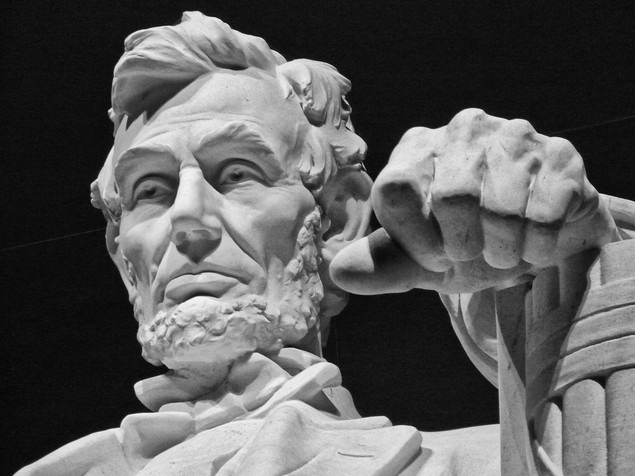
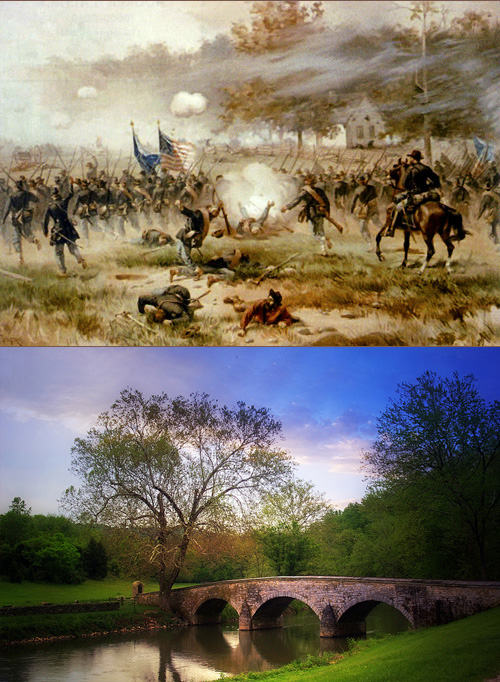
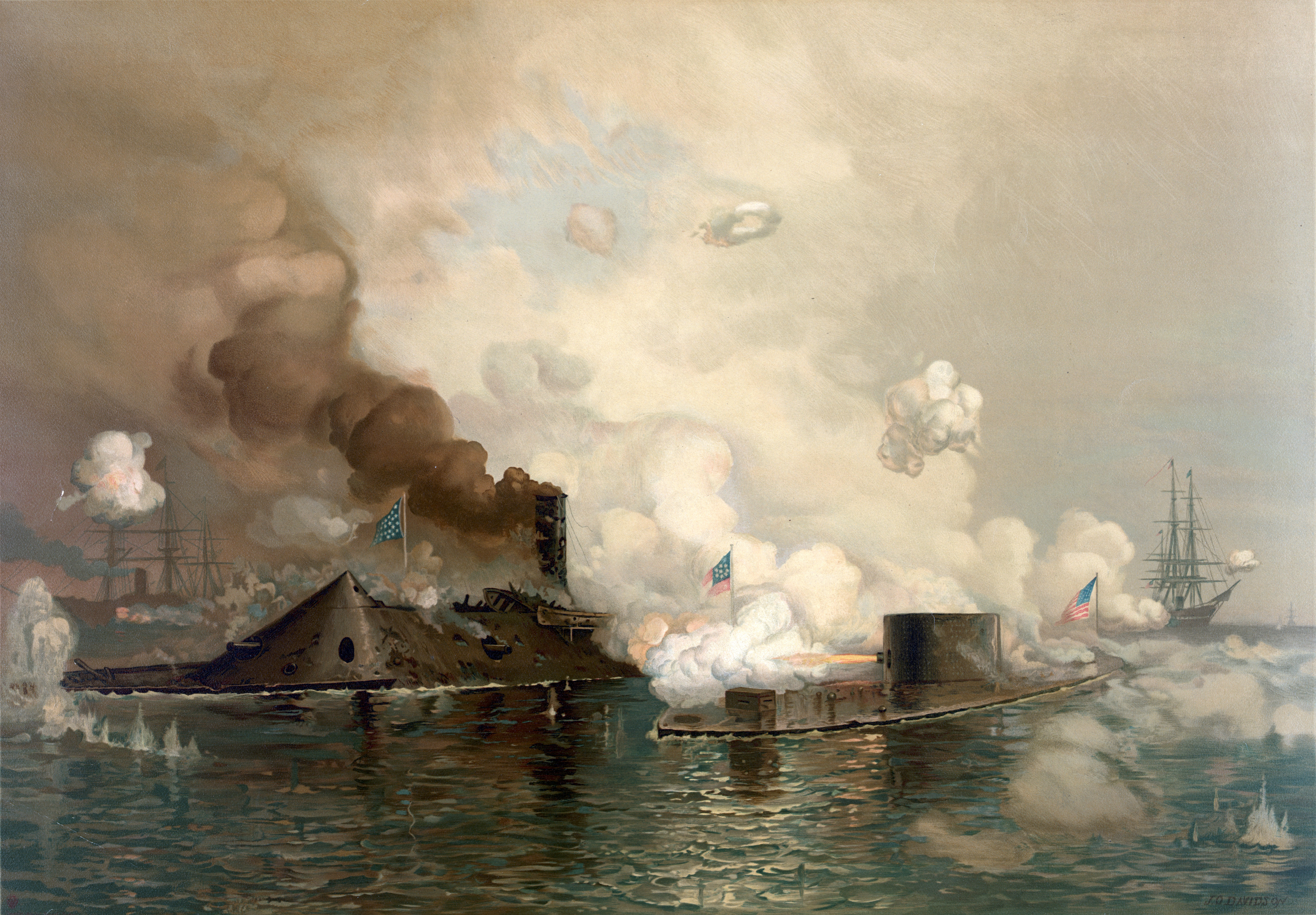
American Civil War:
1862 - Battle of Pea Ridge; The Union forces defeat Confederate troops at Pea Ridge in northwestern Arkansas.
Wikipedia Image: ● Lincoln Memorial; an American national monument built to honor the 16th President of the United States, Abraham Lincoln - located on the National Mall in Washington, D.C. across from the Washington Monument.
● The northern army led by George McClellan and the southern army led by Robert E. Lee met at Antietam Creek, Maryland in September, 1862. It was a bloody battle where 13,000 Confederates and 12,000 Union troops died in just one day. McClellan had hesitated to attack before the battle thus letting the southern troops regroup. Also, he had saved reserves and refused to use them at the end of the battle thinking that Lee was holding reserves for a counterattack, even though those reserves didn't exist. The Union victory stopped Lee's northward advance and was a turning point in the war.
● Battle of Antietam / Stone Bridge at Antietam Battlefield - Sharpsburg, Maryland
● First Battle Between Ironclads: CSS Virginia/Merrimac (left) vs. USS Monitor, in 1862 at the Battle of Hampton Roads.
● Although photography was still in its infancy, war correspondents produced thousands of images, bringing the harsh realities of the frontlines to those on the home front in a new and visceral way. The Atlantic.
March 7th, 1876
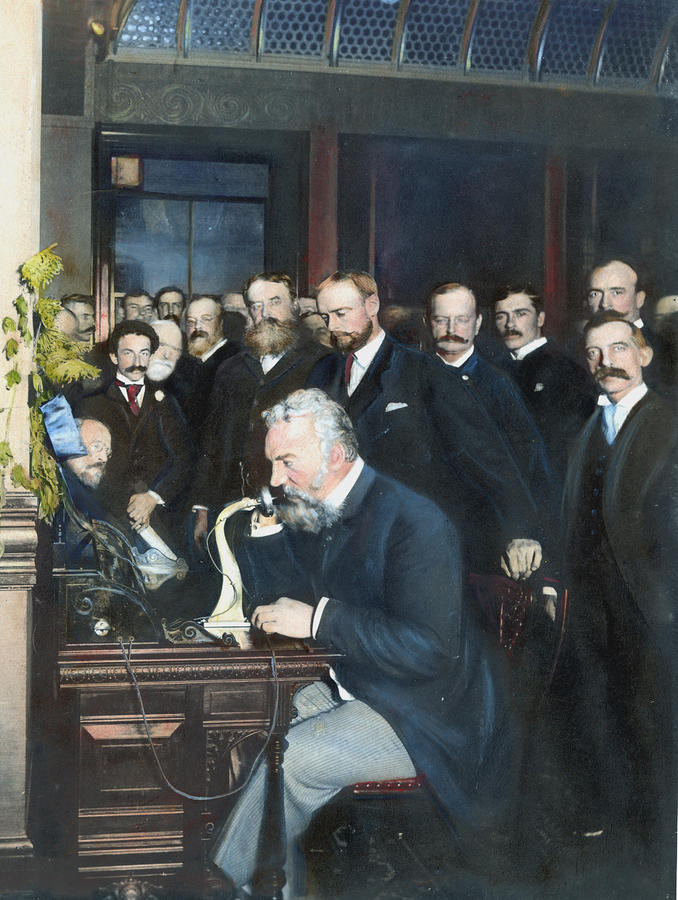
Alexander Graham Bell is granted a patent for an invention he calls the telephone.
Wikipedia.org Photo: Alexander Graham Bell, credit Fine Art Print - Granger.
March 7th, 1902
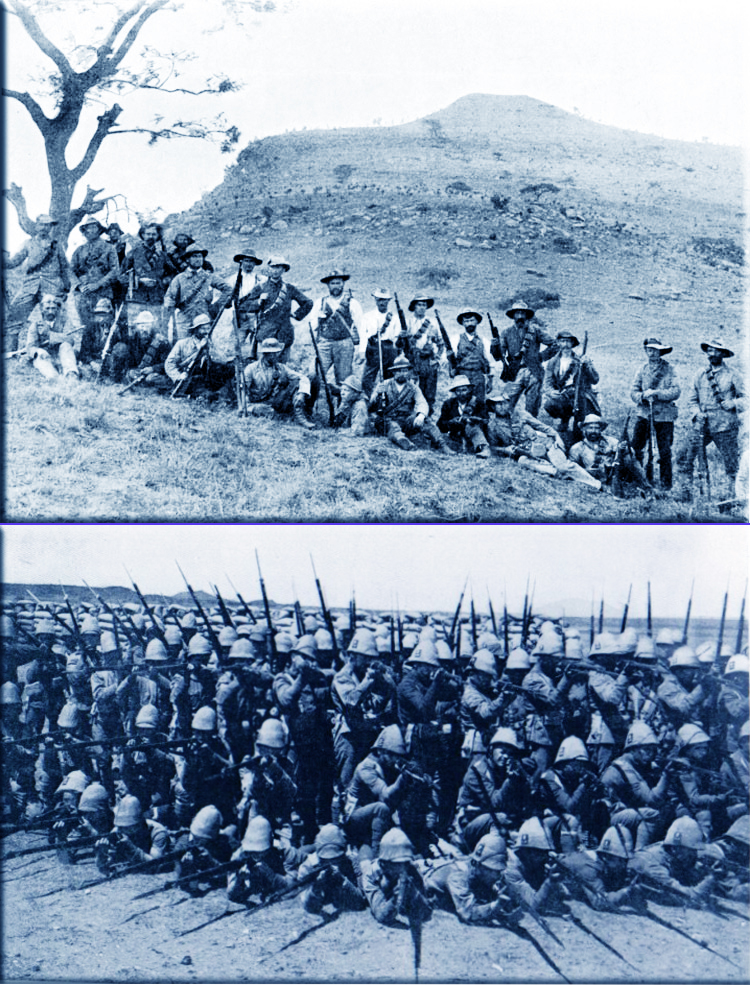
Second Boer War: Battle of Tweebosch; a Boer commando led by Koos de la Rey inflicts the biggest defeat upon the British since the beginning of the war.
Wikipedia Photo: Second Boer War; (Dutch: Tweede Boerenoorlog, Afrikaans: Tweede Vryheidsoorlog or Tweede Boereoorlog) was fought from 11 October 1899 until 31 May 1902 between the British Empire and the Afrikaans-speaking Dutch settlers of two independent Boer republics, the South African Republic (Transvaal Republic) and the Orange Free State.
March 7th, 1912
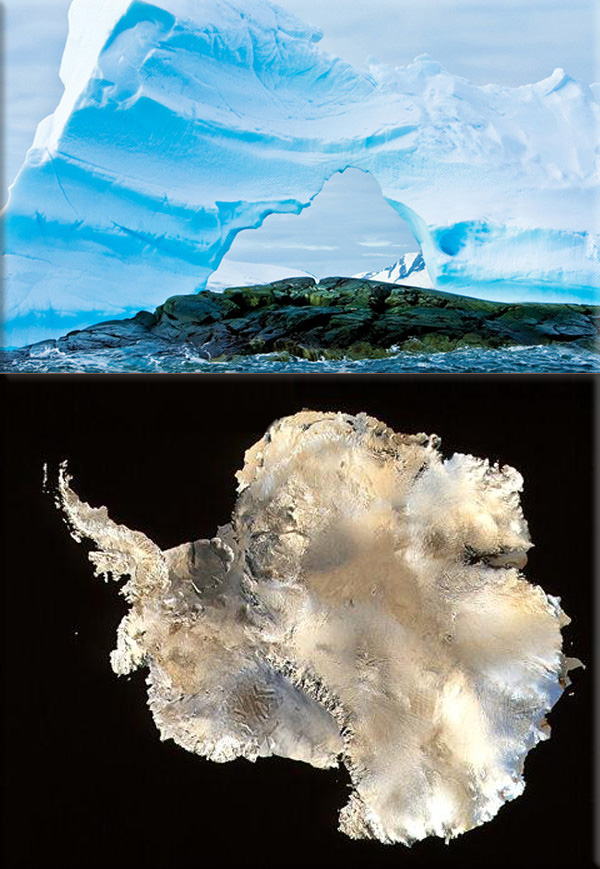
Antarctica:
1912 - Roald Amundsen announces that his expedition had reached the South Pole on December 14, 1911.
Wikipedia Photo: Antarctica (8/30/2012), credit National Geographic; Infrared satellite image of Antarctica, credit © Visual Photos.
March 7th, 1936
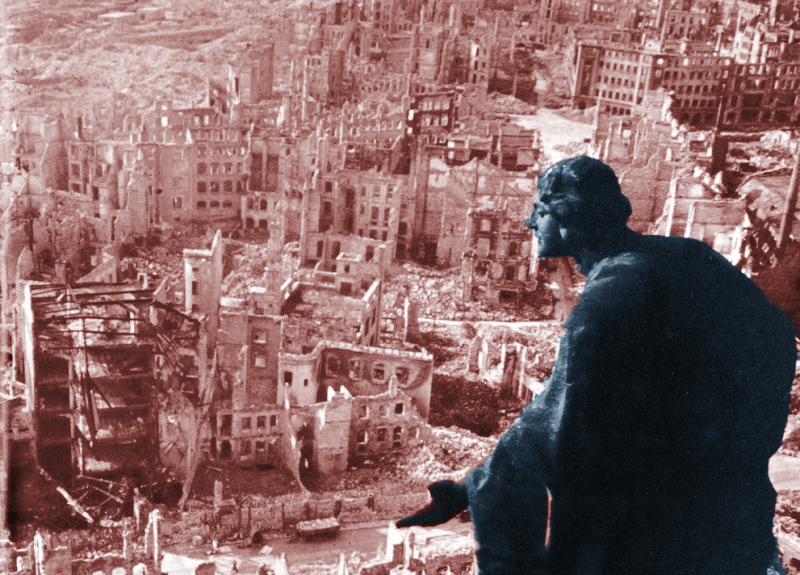

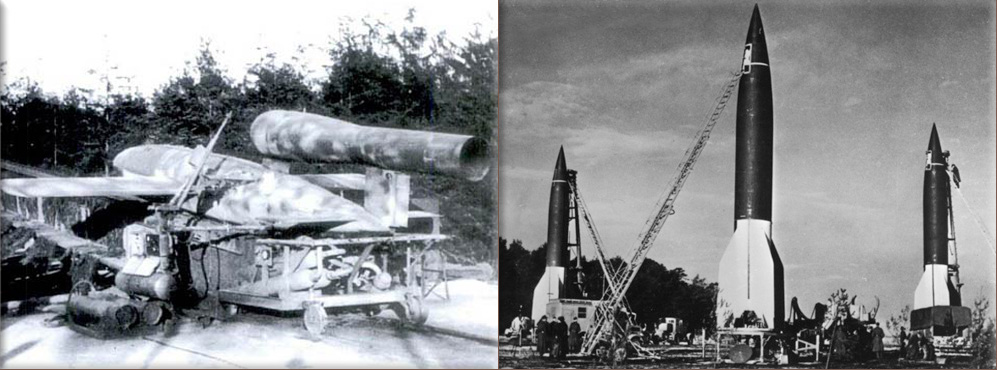
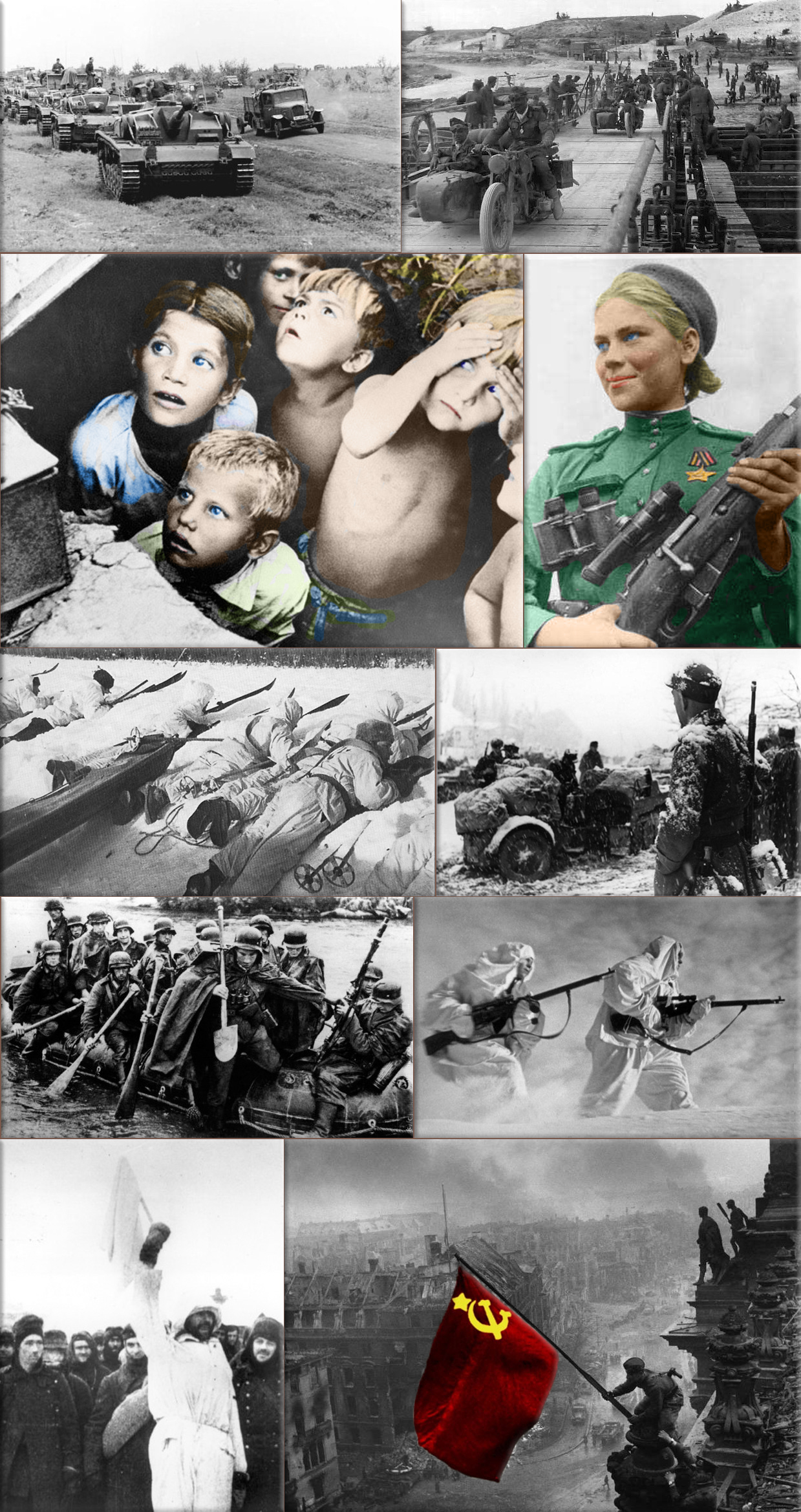
Pre World War II:
1936 - In violation of the Locarno Pact and the Treaty of Versailles, Germany reoccupies the Rhineland.
World War II:
1945 - American troops seize the Ludendorff Bridge over the Rhine River at Remagen.
Wikipedia Photo: Bombing of Dresden in World War II; August Schreitmüller's sculpture 'Goodness' surveys Dresden after a firestorm started by Allied bombers in 1945.
USS Bunker Hill was hit by kamikazes piloted by Ensign Kiyoshi Ogawa and another airman on 11 May 1945. 389 personnel were killed or missing from a crew of 2,600; Ensign Kiyoshi Ogawa, who flew his aircraft into the USS Bunker Hill during a Kamikaze mission on 11 May 1945; Kamikaze Missions - Lt Yoshinori Yamaguchi's Yokosuka D4Y3 (Type 33 Suisei) "Judy" in a suicide dive against USS Essex. The dive brakes are extended and the non-self-sealing port wing tank is trailing fuel vapor and/or smoke 25 November 1944.
German V1 flying-bomb and V2 Rockets - Preparations for a Salvo Launch of V-2 Rockets in the Heidelager near Blizna (Poland) (1944), credit German History in Documents and Images GHDI.
Eastern Front (World War II); Germans race towards Stalingrad. August 1942; Soviet children during a German air raid in the first days of the war, June 1941, by RIA Novosti archive; Soviet sniper Roza Shanina in 1944. About 400,000 Soviet women served in front-line duty units Caucasus Mountains, winter 1942/43; Finnish ski patrol: the invisible enemy of the Soviet Army with an unlimited supply of skis; Men of the German Engineers Corps cross a river which is swollen after the first autumn rains, to strengthen bridges linking the German positions on the central front in Russia. by Keystone / Getty Images. October 1942; Russian snipers fighting on the Leningrad front during a blizzard. Photo by Hulton Archive / Getty Images, 1943; German soldiers surrendering to the Russians in Stalingrad, the soldier holding the white flag of surrender is dressed in white so that there could be no doubt of his intentions, a Russian soldier is on the right of the photograph. by Keystone / Getty Images, January 1943.
March 7th, 1950
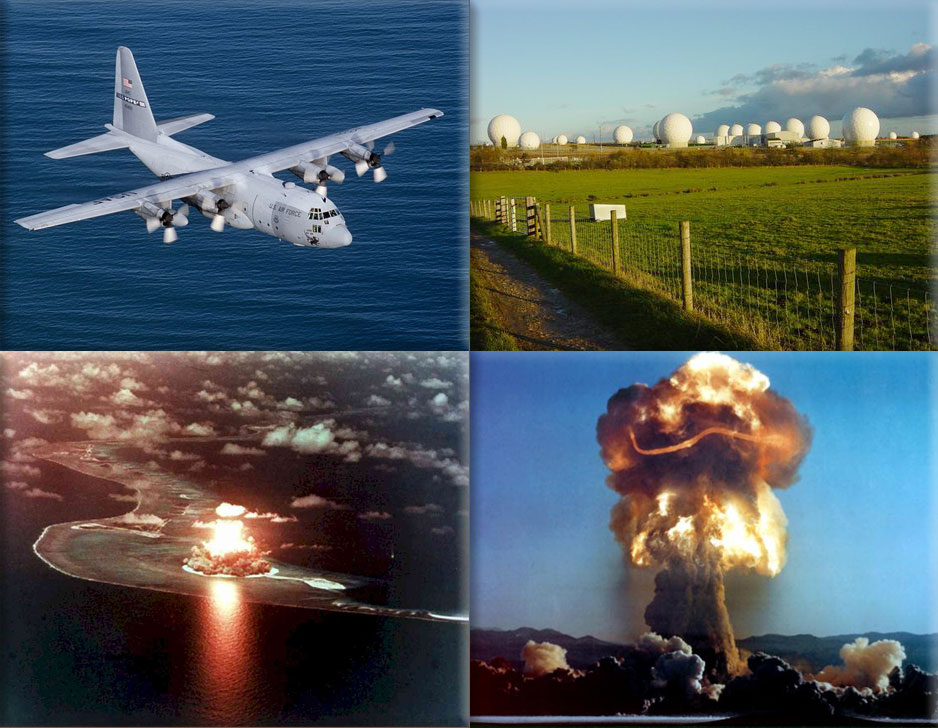
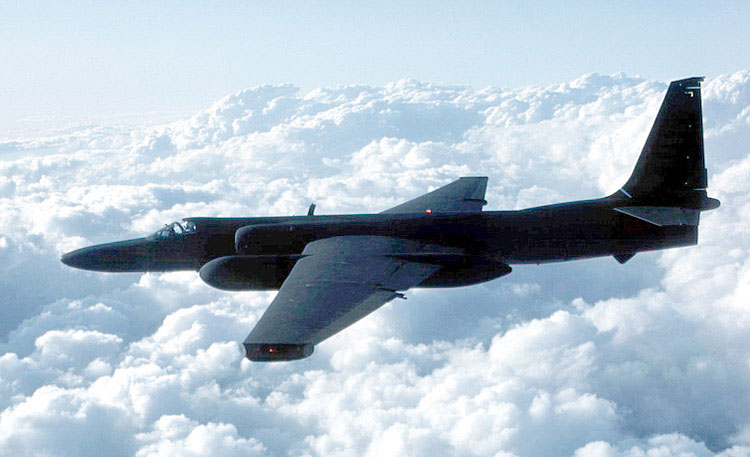

Cold War:
1950 - The Soviet Union issues a statement denying that Klaus Fuchs served as a Soviet spy.
Wikipedia Photo: Lockheed C-130 Hercules; RAF Menwith Hill, a large site in the United Kingdom, part of ECHELON and the UKUSA Agreement; New Zealand nuclear test, British nuclear tests near the Malden and Christmas Islands in the mid-Pacific in 1957 and 1958; Nevada nuclear tests, Nevada Division of Environmental Protection Bureau of Federal Facilities.
U2, Lockheed TR-1 in flight.
March 7th, 1951
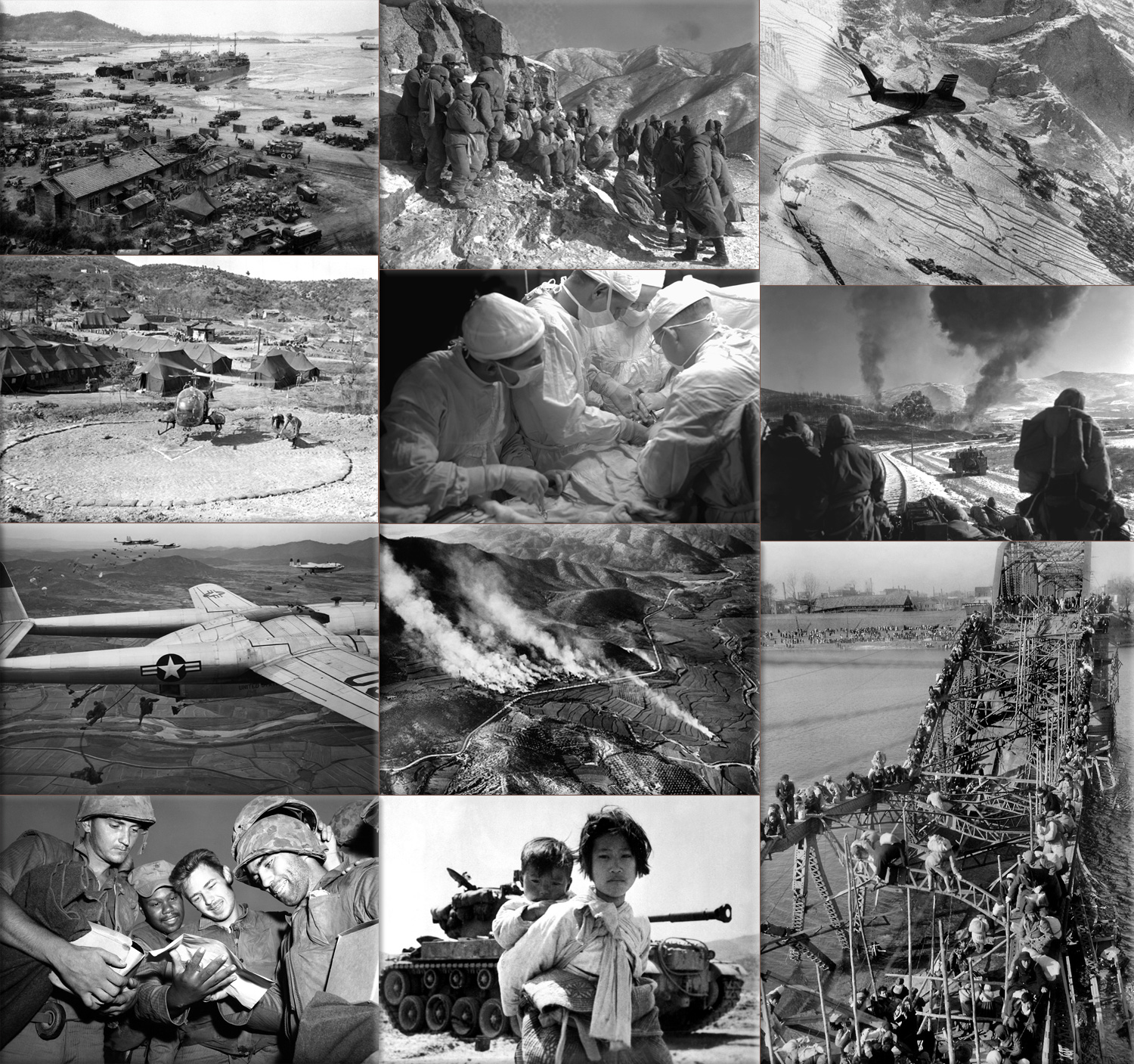
Korean War:
1951 - Operation Ripper; United Nations troops led by General Matthew Ridgeway begin an assault against Chinese forces.
Wikipedia Photo: Korean War Collage credit, The Big Picture, Boston Globe - (Associated Press; U.S. Department of Defense / SGT. F.C. Kerr; AP Photo; U.S. Department of Defense / TSGT. Charles B. Tyler; U.S. Department of Defense / TSGT. Charles B. Tyler; U.S. Department of Defense / TSGT. Robert H. Mosier; AP Photo / Max Desfor; U.S. Department of Defense / CPL. P. McDonald; AP Photo / Max Desfor; AP Photo/George Sweers; U.S. Navy / Maj. R.V. Spencer, UAF; AP Photo / Max Desfor).
March 7th, 1968


Vietnam War:
1968 - Operation Truong Cong Dinh; The United States and South Vietnamese military begin to root out Viet Cong forces from the area surrounding Mỹ Tho.
Wikipedia Photo: Vietnam_War; Side view of an HH-53 helicopter of the 40th Aerospace Rescue and Recovery Squadron as seen from the gunner's position on an A-1 of the 21st Specialist Operations Squadron. (USAF Photo by Ken Hackman), Boston Globe;
Boeing B-52 Stratofortress, credit Free Republic;
Vietnam War: The Big Picture / Boston Globe.
March 7th, 1986
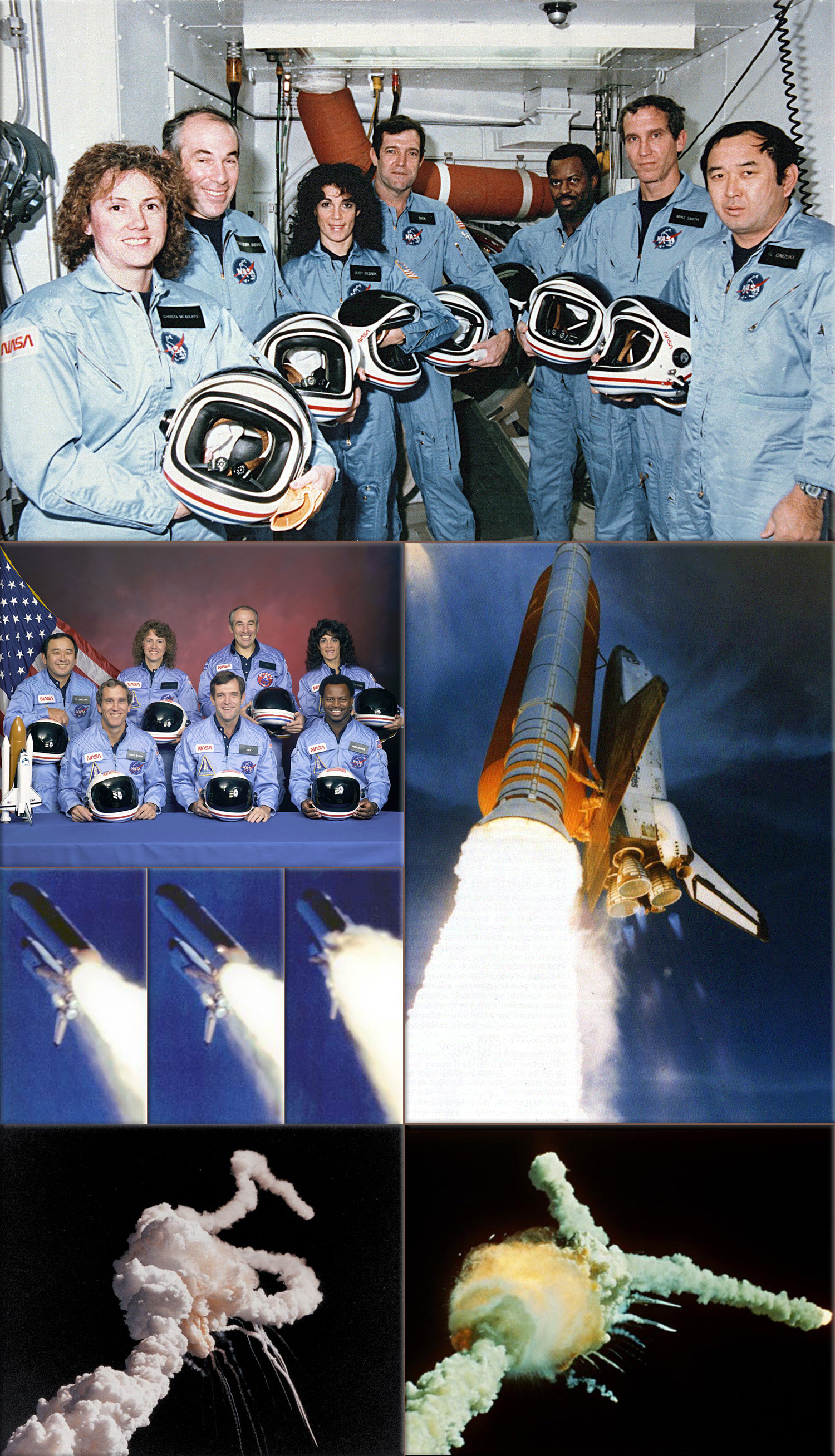
Space Shuttle Challenger Disaster: Divers from the USS Preserver locate the crew cabin of the Space Shuttle Challenger.
Wikipedia Photo: Space Shuttle Challenger; (STS-51-L Crew: Christa McAuliffe, Gregory Jarvis, Judith Resnik, Francis "Dick" Scobee, Ronald McNair, Michael J. Smith and Ellison Onizuka)
March 7th, 1989
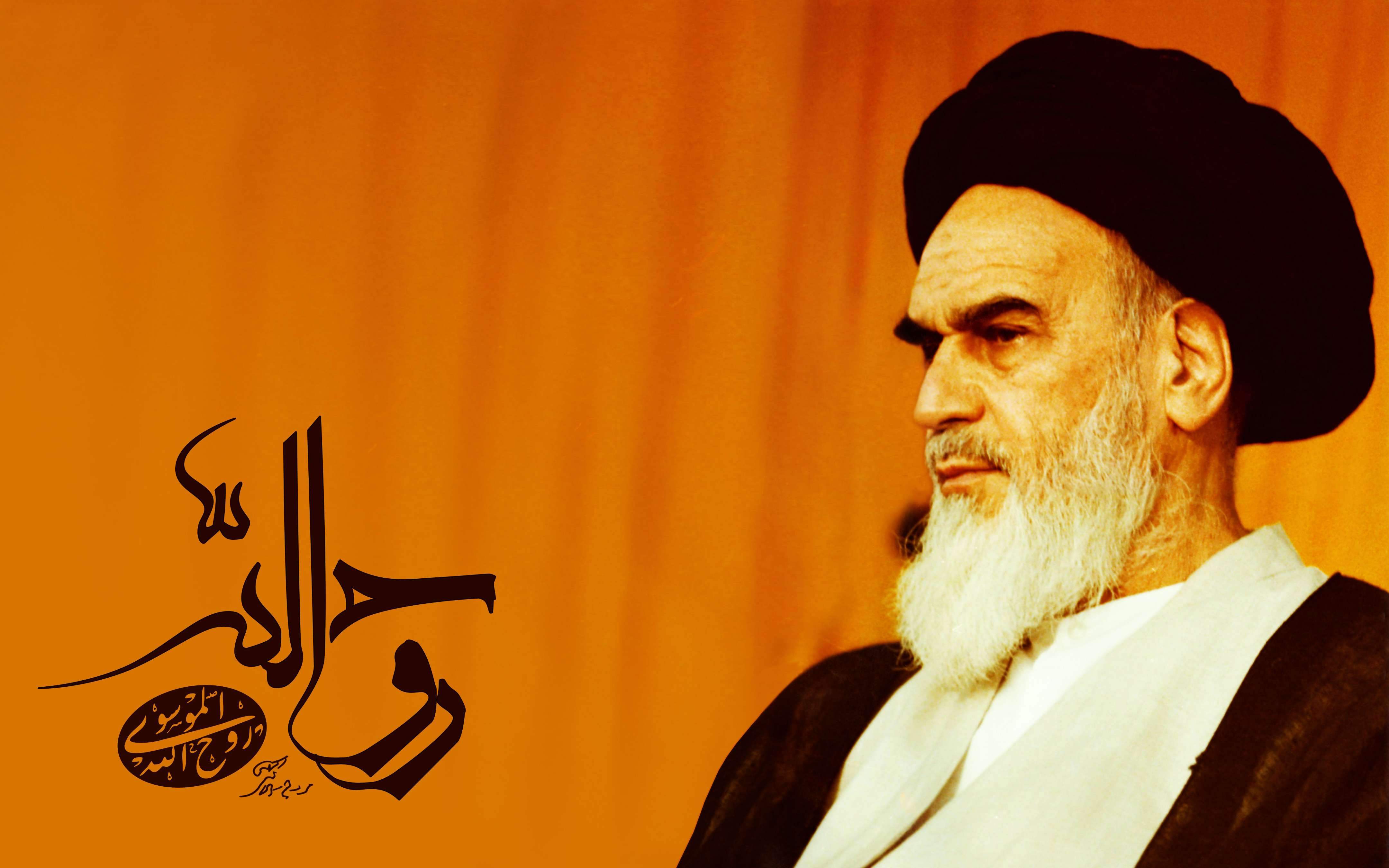
Iran and the United Kingdom break diplomatic relations after a row over Salman Rushdie and his controversial novel.
Wikipedia Image: Ayatollah Ruhollah Khomeini.
March 6th, 1994
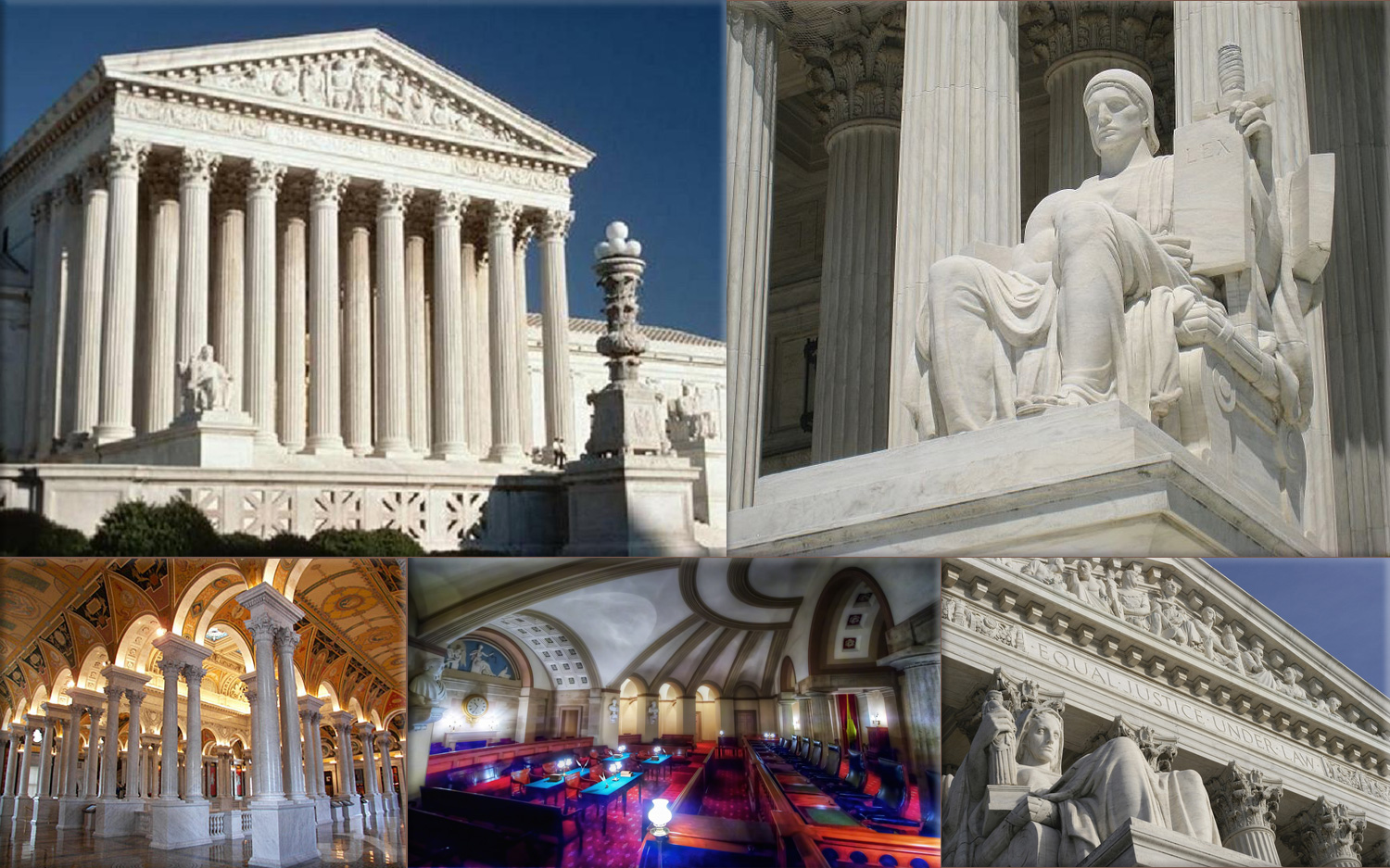
1994 - The Supreme Court of the United States rules that parodies of an original work are generally covered by the doctrine of fair use.
Wikipedia Photo: United States Supreme Court building; Guardian of Law, by James Earle Fraser, US Supreme Court, Washington, DC, USA.
March 7th, 2006

Modern conflicts in the Middle East:
2006 - The terrorist organization Lashkar-e-Taiba coordinates a series of bombings in Varanasi, in India.
Wikipedia Photo: Middle East satellite image, NASA. ● Camels are seen early morning on a beach in the Marina area of Dubai October 16, 2008. (Steve Crisp, Reuters) ● A portrait of Syrian President Bashar al-Assad burns during clashes between rebels and Syrian troops in Selehattin, near Aleppo, on July 23, 2012. (Bulent Kilic, AFP / GettyImages) ● Egyptians gather in their thousands in Tahrir Square to mark the one year anniversary of the revolution on Jan. 25, 2012 in Cairo Egypt. Tens of thousands have gathered in the square on the first anniversary of the Arab uprising which toppled President Hosni Mubarak. (Jeff J Mitchell, Getty Images) ● Black smoke rises above the Tehran skyline as supporters of Mir Hossein Mousavi burn tires and other material in the streets as they fight running battles with police to protest the declared results of the Iranian presidential election in Tehran, Iran, Saturday, June 13, 2009. (Ben Curtis, AP) ● The Iron Dome defense system fires to interecpt incoming missiles from Gaza in the port town of Ashdod, Thursday, Nov. 15, 2012. (Tsafrir Abayov, AP)
March 7th, 2009

2009 - Massereene Barracks shooting: The Real Irish Republican Army kills two British soldiers and two civilians, the first British military deaths in Northern Ireland since The Troubles.
Wikipedia Photo: Irish Republican Army; Belfast, Northern Ireland.
March 7th, 2009
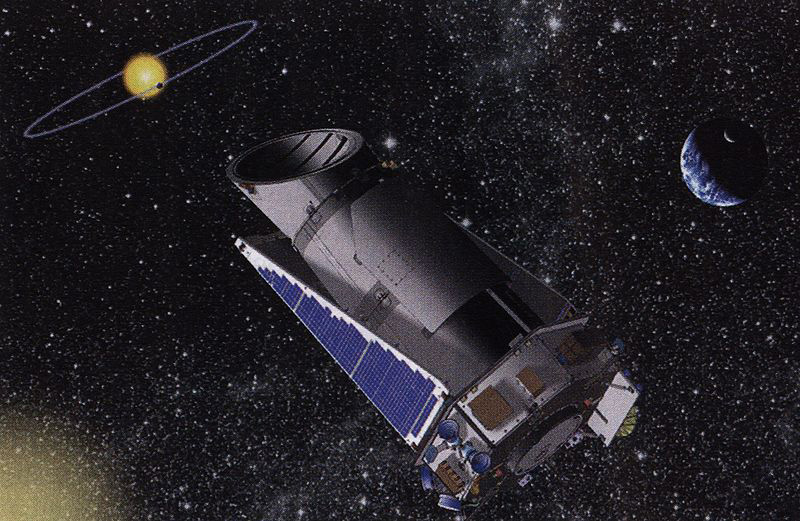
The Kepler Space observatory, designed to discover Earth-like planets orbiting other stars, is launched..
Wikipedia Image: Artist's impression of the Kepler Space observatory telescope.
